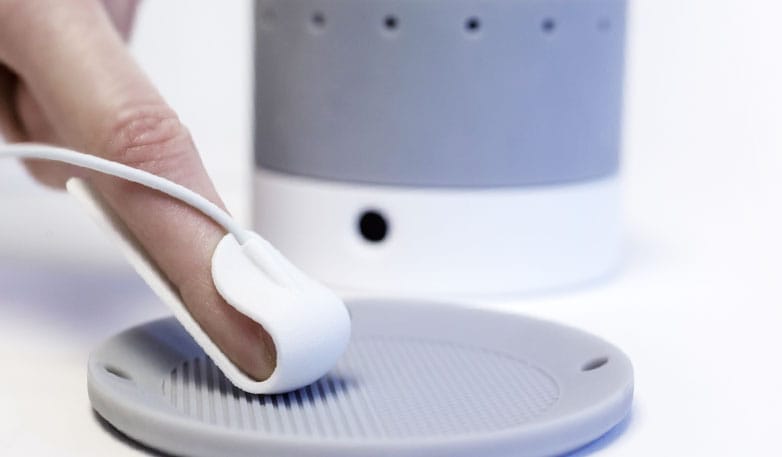Using haptics to enhance sensorial engagement in the cosmetics and beauty sector
The global cosmetics market is forecast to reach $675 billion by 2020 according to a recent report from ResearchandMarkets and for some time, one of the key trends driving that growth has been the personalisation of beauty products.
In a sector where perception and efficacy go hand-in-hand [1], the rise of personal care products specially tailored to the consumer has seen the introduction of a range of new technologies from apps on smartphones that assess skin tone and then offer product recommendations based on the user’s skin type and preferences through to mix-and-match skin care delivery systems.
The beauty industry is constantly looking for a new angle and the discerning customer is open to exploring new technologies that will demonstrate improved skin diagnostics or product efficacy. Beauty product marketing has always aimed to influence the consumers’ purchasing decision by tapping into their emotions, as indeed do the products themselves, through features such as aroma, color, and packaging. Terms such as bespoke, personalized, customized and tailored, are now commonly seen describing the latest generation of beauty products, but this is now, what will be next?
The beauty industry is constantly looking for a new angle and the discerning customer is open to exploring new technologies that will demonstrate improved skin diagnostics or product efficacy.
One option yet to be introduced into the world of cosmetics is haptic technology – the ability to synthesize the sensation of touch. This is a growing technology area already seeing tools being developed and used within sectors such as healthcare, advanced gaming, and the automotive industry. MarketsandMarkets’ report forecasts that the overall haptics technology market will reach $29.84 billion by 2020.
Personal care and beauty products can alter the properties of the skin, for example by changing its hydration level or surface softness/roughness. So it seems highly appropriate that haptic technology could play a significant role by bringing the sense of touch to the consumer selection process. Haptic devices with sensors that provide tactile or touch feedback can relate to sensations felt by skin such as surface texture, temperature, and vibration. What if the customer could be invited to virtually feel their skin friction level, which could then be measured or feel a particular product such as a moisturizer or facial scrub? The technology could be suitable for both salon and beauty counter use.

Haptic technologies could also play at the other end of the process in product development. They could provide a richer set of data for researchers to use, increasing the breadth of data they can gather as well as adding a more real-world perspective and an improved level of consistency for measuring aspects such as skin feel. Haptic technology would also allow a non-destructive method whereby to test products, adding to the existing armory of testing methods and moreover, being a safe test method, haptic tools would also be appropriate for the clinical trial setting.
Haptics is just one of a number of consumer sensorial engagement tools that Sagentia has developed. Current themes suggest the next big thing in skin care might be DNA testing, enabling a consumer phenotype to be produced, or new ingredients such as fermentation or probiotics. We are also seeing the rise of a more educated consumer who, with access to these tools, will be better informed as to how they should take care of their skin or hair. Importantly, all require vehicles through which to market them effectively to today’s increasingly savvy consumer. The use of haptics is likely to become one of the solutions on offer.
